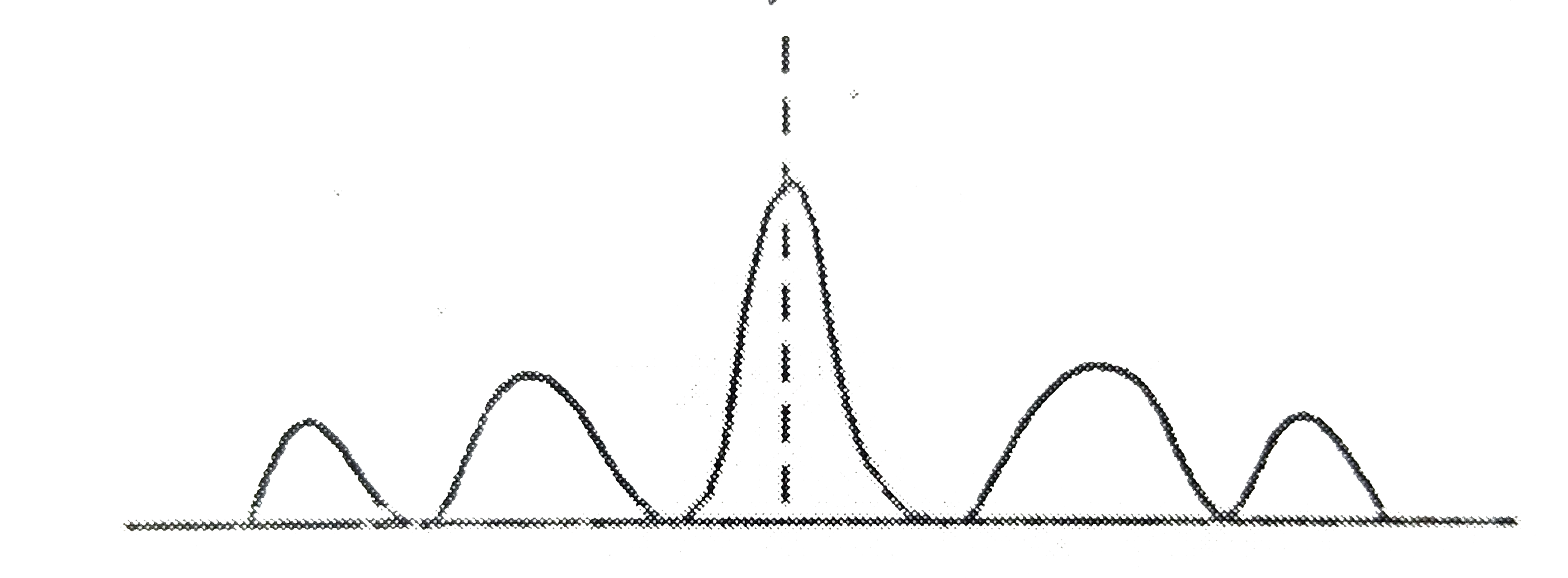Does light factor affect the distribution of organisms? Write a brief note giving suitable examples of either plants or animals.
Step-by-Step Text Solution:
1. Introduction to Light as a Factor:
- Light is a crucial environmental factor that influences the distribution of organisms, both plants and animals. It serves as a primary source of energy and plays a vital role in various biological processes.
2. Impact of Light on Plants:
- Photosynthesis: Plants require light for photosynthesis, the process through which they convert light energy into chemical energy to produce food. Without adequate light, plants cannot perform photosynthesis effectively, which limits their growth and distribution.
- Photoperiodism: Light also affects flowering in plants through a phenomenon known as photoperiodism. Plants can be categorized based on their light requirements:
- Short-day plants: These plants require less light duration to flower. An example is the chrysanthemum.
- Long-day plants: These plants need longer light durations to flower. An example is the spinach.
3. Impact of Light on Animals:
- Behavioral Patterns: Animals exhibit behaviors that are influenced by light, particularly in terms of their daily and seasonal activities. For instance, many animals have a diurnal pattern, waking up with the sunrise and sleeping at sunset.
- Nocturnal Animals: Some animals, like owls, are nocturnal, meaning they are active during the night. Their activity patterns, reproduction, and migratory behaviors are also influenced by light availability.
4. Conclusion:
- In summary, light is a significant factor affecting the distribution of organisms. It influences plant growth and flowering through photosynthesis and photoperiodism, while it also dictates animal behavior, including sleep patterns and activity levels.
---
- Light is a crucial environmental factor that influences the distribution of organisms, both plants and animals. It serves as a primary source of energy and plays a vital role in various biological processes.
- Photosynthesis: Plants require light for photosynthesis, the process through which they convert light energy into chemical energy to produce food. Without adequate light, plants cannot perform photosynthesis effectively, which limits their growth and distribution.
- Photoperiodism: Light also affects flowering in plants through a phenomenon known as photoperiodism. Plants can be categorized based on their light requirements:
- Short-day plants: These plants require less light duration to flower. An example is the chrysanthemum.
- Long-day plants: These plants need longer light durations to flower. An example is the spinach.
- Behavioral Patterns: Animals exhibit behaviors that are influenced by light, particularly in terms of their daily and seasonal activities. For instance, many animals have a diurnal pattern, waking up with the sunrise and sleeping at sunset.
- Nocturnal Animals: Some animals, like owls, are nocturnal, meaning they are active during the night. Their activity patterns, reproduction, and migratory behaviors are also influenced by light availability.
- In summary, light is a significant factor affecting the distribution of organisms. It influences plant growth and flowering through photosynthesis and photoperiodism, while it also dictates animal behavior, including sleep patterns and activity levels.
Topper's Solved these Questions
- BOOK - NCERT EXEMPLAR ENGLISHCHAPTER - ORGANISMS AND POPULATIONSEXERCISE - Short Answer Type Questions17videos
ORGANISMS AND POPULATIONS
- BOOK - NCERT EXEMPLAR ENGLISHCHAPTER - MOLECULAR BASIS INHERITANCE EXERCISE - Long Answer Type Questions9videos
MOLECULAR BASIS INHERITANCE
- BOOK - NCERT EXEMPLAR ENGLISHCHAPTER - PRINCIPLE OF INHERITANCE AND VARIATIONS EXERCISE - LONG ANSWER TYPE QUESTIONS5videos
PRINCIPLE OF INHERITANCE AND VARIATIONS
Similar Questions
Knowledge Check
- Question 1 - Select One
Read the following statements and select the correct ones.
(i) All the colour components of the visible spectrum are available for marine plants living in different depths of the ocean.
(ii) Many herbs and shrubs in rainforests adapt to photosynthesise optimally under very low light conditions as they grow under canopy trees
(iii) Gradual increase in average global temperature will affect the distributional range of some species.
(iv) The quality of soil does not depend upon the weathering process.A(i) and (ii)B(ii) and (iv)C(ii) and (iii)D(i) and (iv)
When does a body rotate? State one way to change the direction of rotation of the body. Give a suitable example to explain your answer.
View SolutionAll organisms excrete. Does an invidiual cell also do it? give one example
View SolutionHow does light influence plants and animals?
View SolutionWhich of the following factors affect a plant not an animal?
View SolutionWhat aspect of organic evolution is represented by the variation in the breeds of domestic pigeon? Give a similar example from the plants.
View SolutionAssertion : The fungi are widespread in distribution and they even live on inside other plants and animals.
Reason : Fungi are able to grow anywhere on land, water or on other organisms because they have a variety of pigments, including chlorophyll, carotenoids, fucoxanthin and phycoerythrin.View SolutionWhen a plane wave front of light, of wavelength λ, is incident on a narrow slit, an intensity distribution pattern, of the form shown is observed on a screen, suitably kept behind the slit. Name the phenomenon observed.

(a) Obtain the conditions for the formation of central maximum and secondary maxima and the minima.
(b) Why is there significant fall in intensity of the secondary maxima compared to the central maximum, whereas in double slit experiment all the bright fringes are of the same intensity ?
(c) When the width of the slit is made double the original width, how is the size of the central band affected ?View Solution

